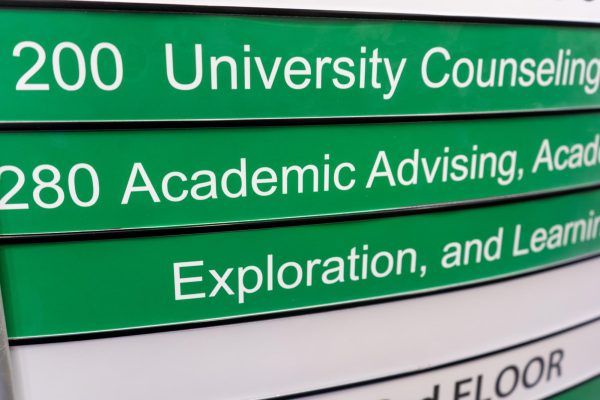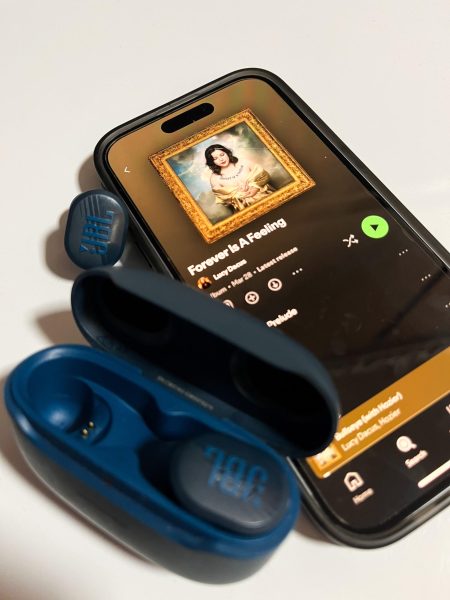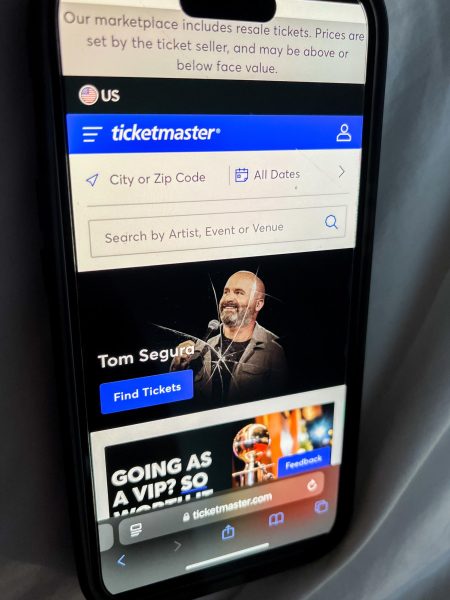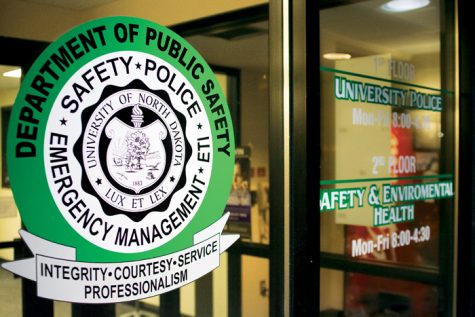Search conclusion
The UND presidential applicants’ visit to campus over the last month have provided some insights into the nature of communication and leadership.
It’s extremely difficult to cut through platitudes in a relatively short interaction with candidates. Obviously each candidate wants similar things; to increase student outcomes, boost the prestige of the university, have an excellent faculty and staff, etc.
Saying these things and actually achieving them are two distinct things. While we should expect someone who wants to be president of the university to say them, it doesn’t mean they actually have what it takes to get it done. Fortunately, at this stage in the selection process, the applicants have demonstrated the abilities and knowledge they possess through their past work and more in-depth conversations with the search committee.
The visits were illuminating however, in learning something about the communication style of each of the candidates. It seems like the ideal style is a balancing act: Inspiring but genuine, simple yet articulate.
How the candidates communicated was really the fundamental takeaway for the general UND community from the visits. The university deserves someone who not only has a deep understanding of the inner workings of higher education policy, but who also has the ability to communicate these ideas with the community in a concise way.
That being said, a leader of any large institution should not be expected to know everything all the time. They should, however, be the sort of person who understands that leadership takes both collaboration and decision-making abilities.
While these may sound like buzzwords, the point is that leaders should have an understanding that they need members of their team to help them make specific decisions, but they should also be someone who is able to digest important information quickly and inspire confidence with their decisions.
While we should expect a president to be smart and experienced, equally important is their ability to create a vibrant and dynamic university environment through transparent communication and common sense action.
An effective leader keeps their ears and eyes open to the needs of their community and promptly act to address these needs when necessary. This means not only being reactive to problems, but proactive in ensuring the university is perpetually on a path towards progress.
The university has faced its share of issues over the past several years, and it will undoubtedly encounter obstacles in the year to come. We need a president who can tackle and address future issues with a clear mind and level head.
After reading through the resumes and meeting the applicants, I believe we have several candidates who would do a fantastic job of leading the University of North Dakota as president.
While I will abstain from making any particular endorsements, I have confidence the search committee shares many of the values which have been expressed here and highlighted as important by faculty and staff throughout the process.
By the time the next issue of this paper prints, the SBHE will have chosen the next president of UND. While no process is completely perfect, the University of North Dakota should be optimistic as the presidential search nears its final chapter.
Sean Cleary is the editor-in-chief for The Dakota Student. He can be reached at sean.d.cleary@und.edu







